Did Coco Chanel Really Come Up With Two Famous Comebacks?
Here is the latest in a series of examinations into urban legends related to fashion and whether they are true or false.
FASHION URBAN LEGEND: Coco Chanel had two legendary retorts to a marriage proposal by the Duke of Winchester and to a query by Poiret.
If you went looking for the best example of the “cult of personality,” you could do a lot worse than picking Coco Chanel.
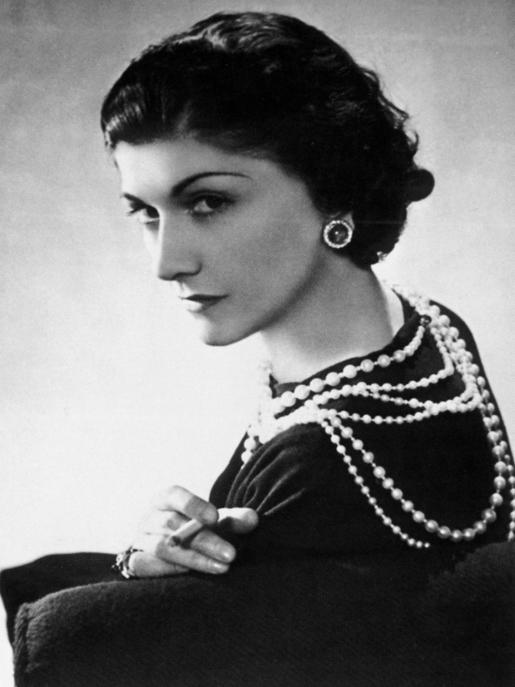
An icon of style – the Chanel that Chanel No. 5 is named after, Chanel was named one of Time Magazine’s 100 Most Influential People of the 20th Century.
Part of her imposing position on the world stage is that stories tended to be written about Chanel, whether they were true or not.
This was something that Chanel herself fostered, as she was known to come up with some good ones on her own (like dropping ten years from her age or inventing a childhood spent with spinster aunts in a story that sounded like out of Cinderella).
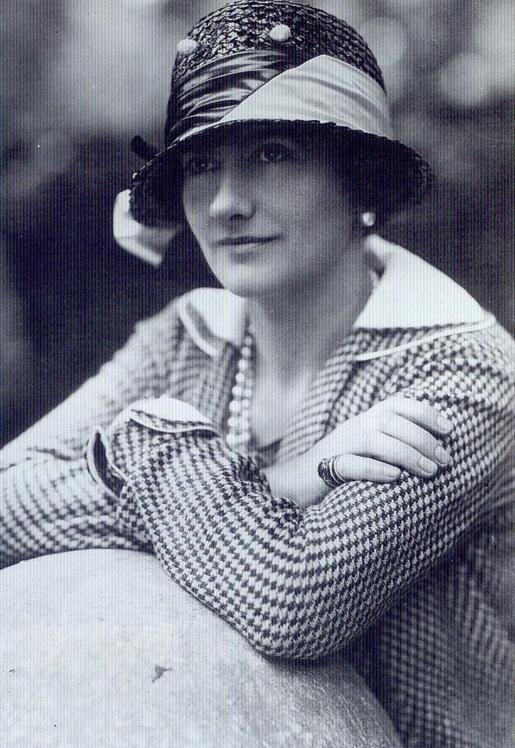
Today, let’s look at two of the more notable quotes attributed to Chanel!
Chanel was a great lover of men, and enjoyed affairs with a great many notable men.
One such lover was Hugh Grosvenor, the 2nd Duke of Westminster.
Here they are together…
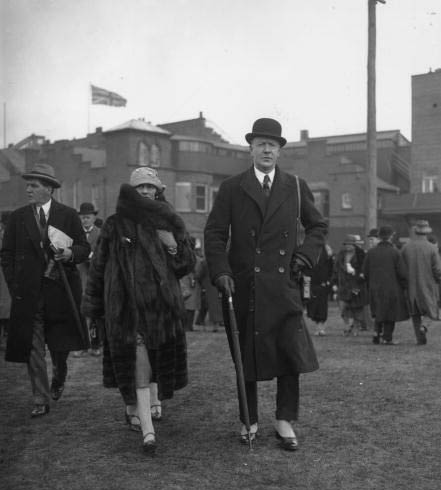
According to legend, when the Duke proposed to Chanel, she turned him down, stating “There are already three Duchesses of Westminster, but there is only one Coco Chanel!”
Pretty much every Chanel biography believes the story is bogus, and I tend to agree with them, although the GENERAL idea is most likely correct. She did, indeed, turn down a proposal of marriage from the Duke, as she turned down proposals from Russian Grand Duke Dmitri Pavlovich, French poet Pierre Revedy and French artist Paul Iribe. But the way she did it is pretty clearly the stuff of legend.
An even more egregious tale is the story of when Chanel first met Poiret.
Paul Poiret was one of the leading fashion designers of the early 20th Century.
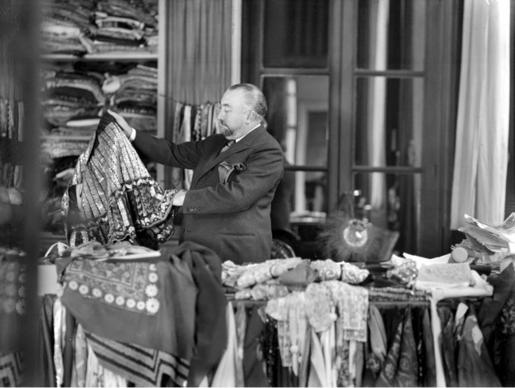
Poiret designed elaborate dresses that were designed to basically just LOOK good, they were not the most functional of dresses.

Chanel, meanwhile, like many other designers of her era, pushed functionality. Chanel’s main contribution to the world of clothing design was the “little black dress.”
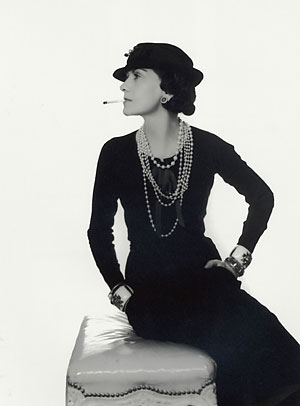
Her dress, while certainly not as artistic as Poiret’s dresses, was a great deal more functional, and it soon became all the rage.
Poiret, meanwhile, saw his star wane and by 1929, his store was closed and he was bankrupt.
So it is against that setting that a 1928 chance meeting between Poiret and Chanel on the streets of Paris allegedly took place.
They see each other and Poiret queries, “For whom, madame, do you mourn?” to which Chanel replies, “For you, monsieur.”
It’s a great retort, but again, so good that it is almost certainly false.
For one, Chanel never said she said it. Poiret never mentioned it. Again, all the Chanel biographies that I have read have come down on the side of “it’s made up.”
So could all these stories be totally true?
It’s possible, but extremely unlikely, which is why I’m going with false.
The legend is…
STATUS: False
Feel free (heck, I implore you!) to write in with your suggestions for future installments! My e-mail address is bcronin@legendsrevealed.com.





